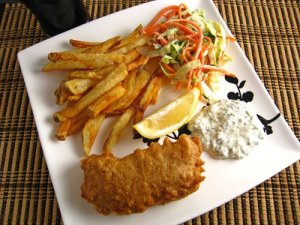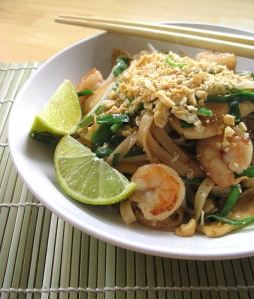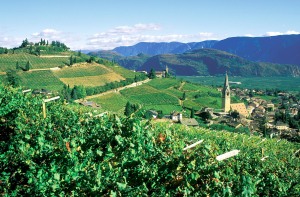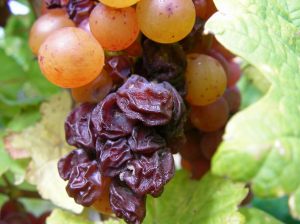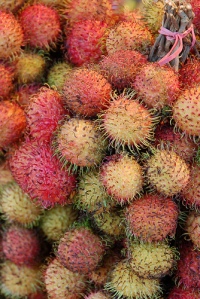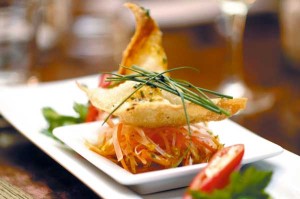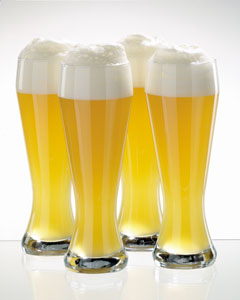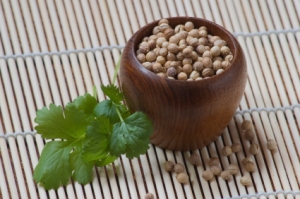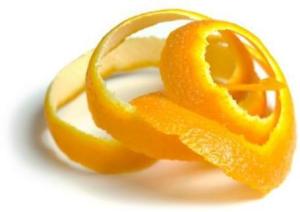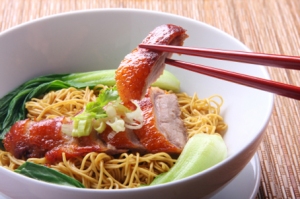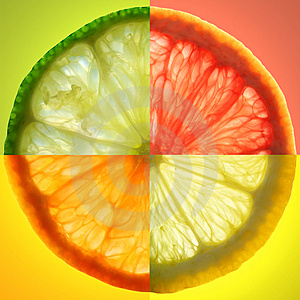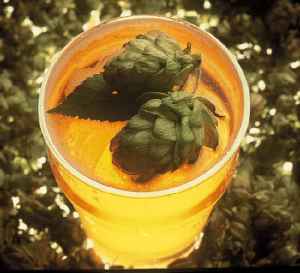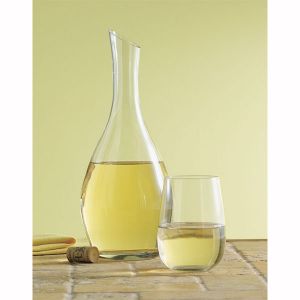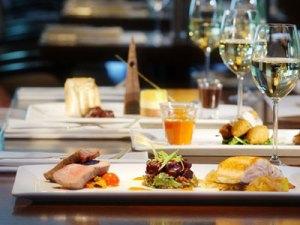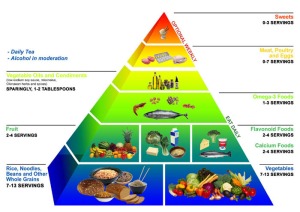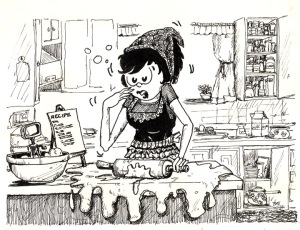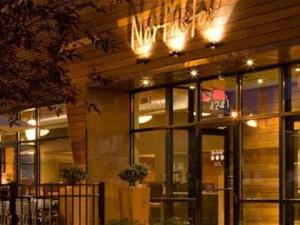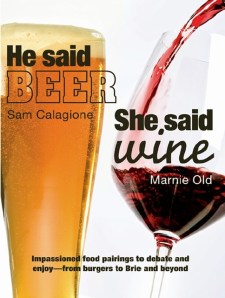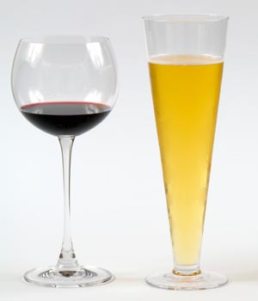Anyone who has ever remotely interacted with me knows that I possess (what we will call) the “gift of gab.” I talk a lot … and I mean a lot. This is partly because I think a lot … and partly because I think that I have a lot to say (whether or not what I have to say is important, however … is an entirely different story).

Two topics in which I seem to possess a seemingly endless ability to talk about are beer and social media (specifically Twitter). I constantly find myself engaging others (often strangers) in conversations about both. And usually, these conversations result in me looking like the biggest geek on the planet. Which is fine by me.

My love, passion and affinity for social media has introduced me to some pretty damn amazing people as well as has brought me opportunities that I would never have found otherwise. One such opportunity is a charity beer dinner with Samuel Adams (The Boston Beer Company) at the Culinary Institute of Charleston, SC on July 14th.

Little (well I’m not so little) old (technically I’m not old either) me got invited to attend THE ULTIMATE BEER AND FOOD EXPERIENCE. The event is being co-hosted by The Boston Beer Company and The Culinary Institute of Charleston with Special Guest, Bob Cannon — Head Brewer for Samuel Adams.
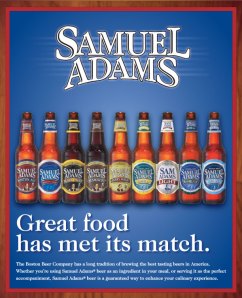
And the best part? It is ALL EXPENSE PAID.
Now how does one get such an honorable invitation? This is where all of my time and energy on social media platforms has successfully paid off (hey Mom & Dad … look at me now).

Combine a passion for writing with a passion for beer and a passion for all things Internet … add in a community of equally passionate food, wine & beer bloggers … create interactions and develop relationships with this community … and you have one big OPEN DOOR to the (food & beverage) world. The connections and opportunities are endless on the internet — and especially on Twitter. And there is no greater proof than this latest opportunity that just “fell” oh so gracefully into my lap.
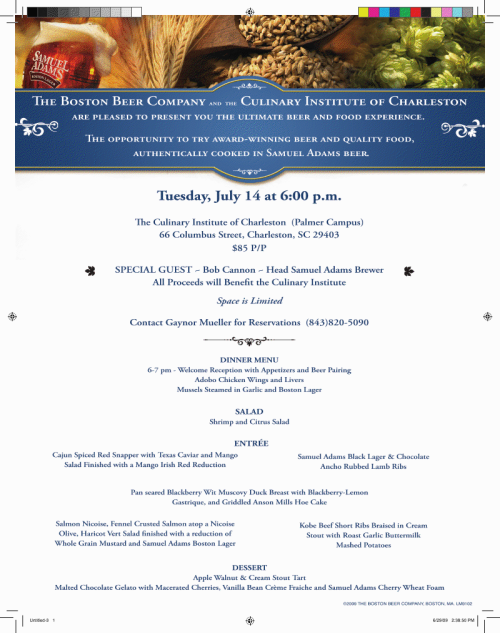
The image right above is the menu for the beer dinner. Select chefs from The Culinary Institute of Charleston have incorporated the beers of Samuel Adams into a tasting menu to be envied. In addition to containing beer as a major ingredient, each dish will also be paired with a Samuel Adams beer.
This dinner excites me for several reasons. Not only will it be the “ultimate beer & food experience“, but it will also give me an opportunity to taste some of Samual Adam’s more rare and less mainstream, specialty beers. One such beer is UTOPIA — arguably the boldest, most alcoholic beer in the world. Rumor has it that Utopia will be paired with one of the desserts. (I am praying that both my stomach and my liver will hold up until dessert — and by the sound of things, this may prove to be quite a challenge).
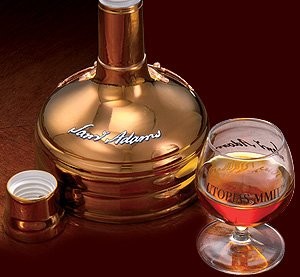
Naturally, every great event has an equally exciting & exhilirating after-party. Lucky for me, I have also been invited to attend the special “VIP” after-party with special guest and head Samuel Adams brewer, Bob Cannon.
Now I know what you are thinking — what is the catch? After all, there is no such thing as “free” in a capitalist society. Well folks, I have agreed to do somethings in exchange for a free flight to Charleston, a free night’s stay in one of Charleston’s premier hotels, a free ticket to the beer dinner and free pass to the VIP after-party. For all this, I will blog … and tweet … and talk about the event. And while at the event, I will also blog, tweet, talk — and even live ustream the event.

Life, my friends, does not get better than this. I get to do some of the things I love to do most in life (traveling, eating good food & drinking good beer with good people) in exchange for two other things that I love to do most (writing my blog & engaging with others).
Stay tuned for more information regarding the event! CHEERS!

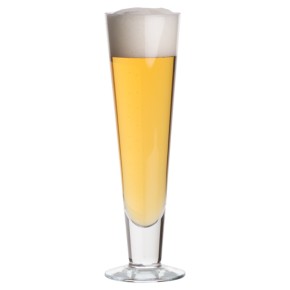
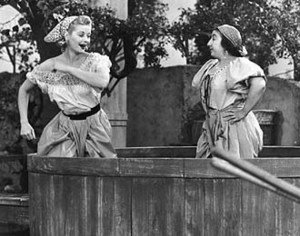
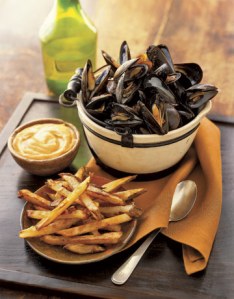
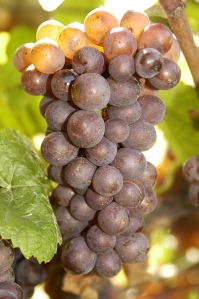
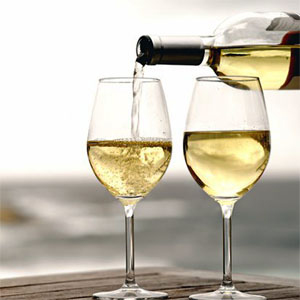
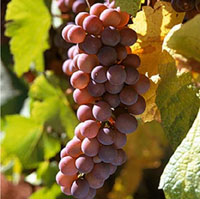
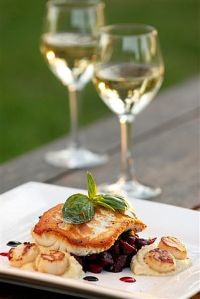
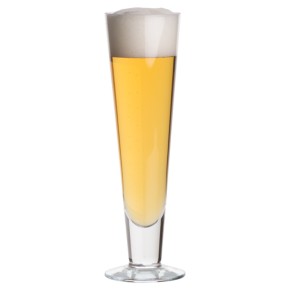 The Pilsner style was originally developed in the city of Pilsen (hence the name) in what was formerly known as Bohemia — a German-speaking province in the old Austrian Empire. Today, Bohemia comprises most of the Czech Republic.
The Pilsner style was originally developed in the city of Pilsen (hence the name) in what was formerly known as Bohemia — a German-speaking province in the old Austrian Empire. Today, Bohemia comprises most of the Czech Republic.


